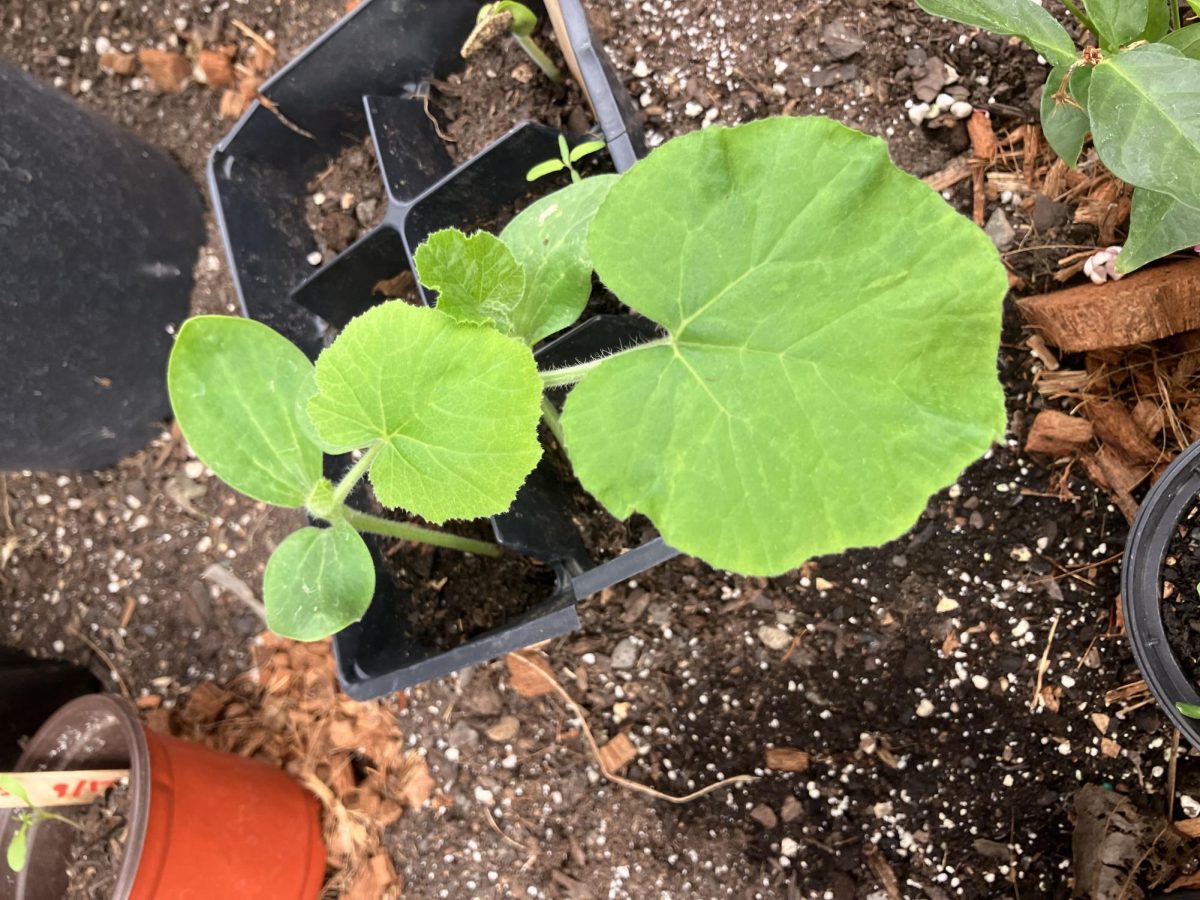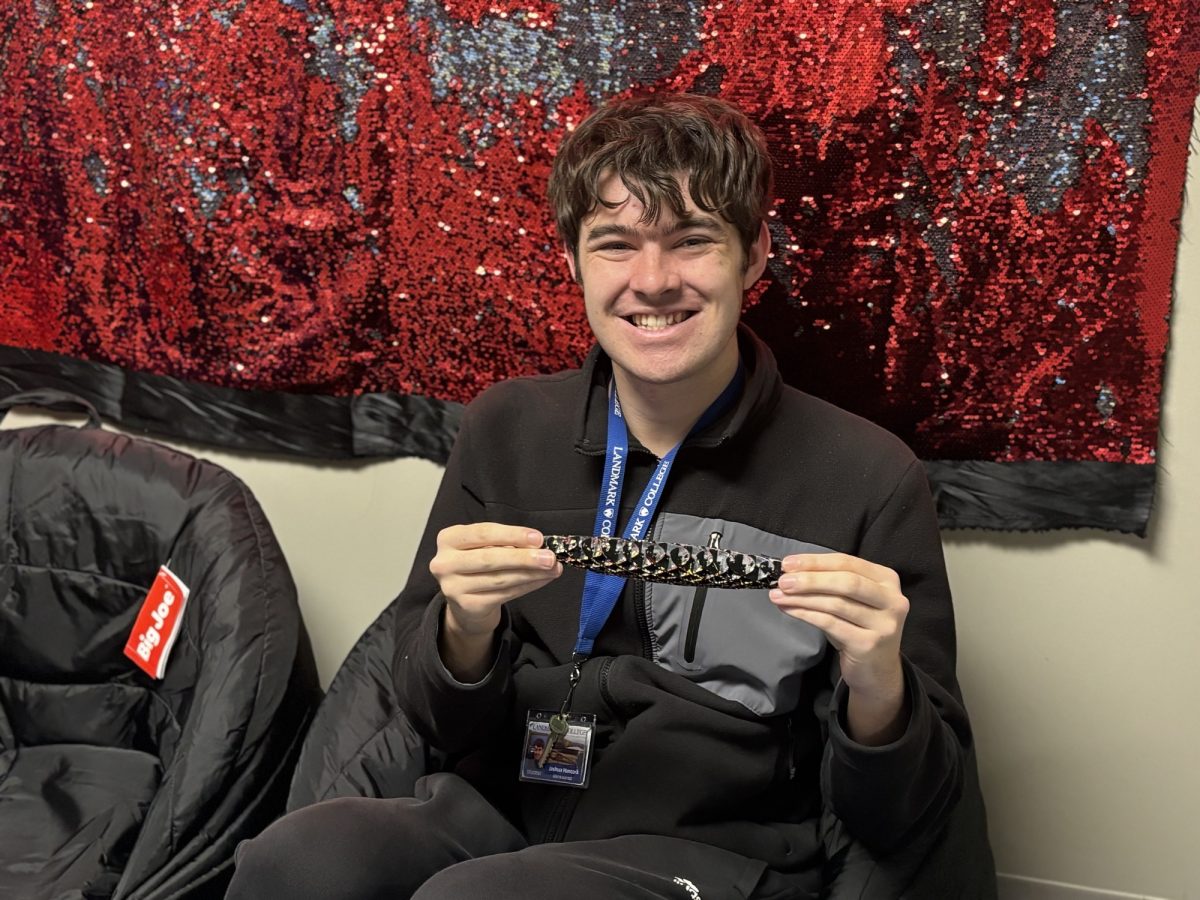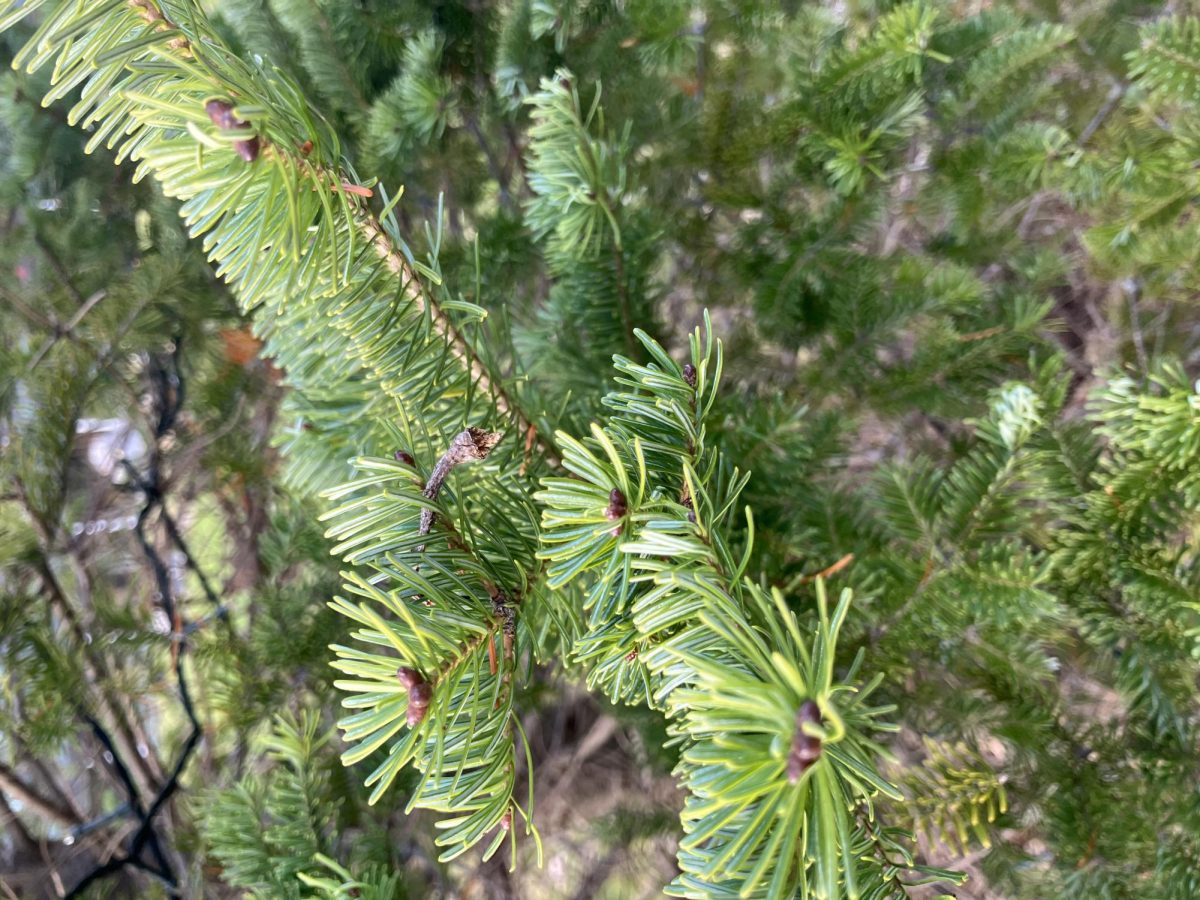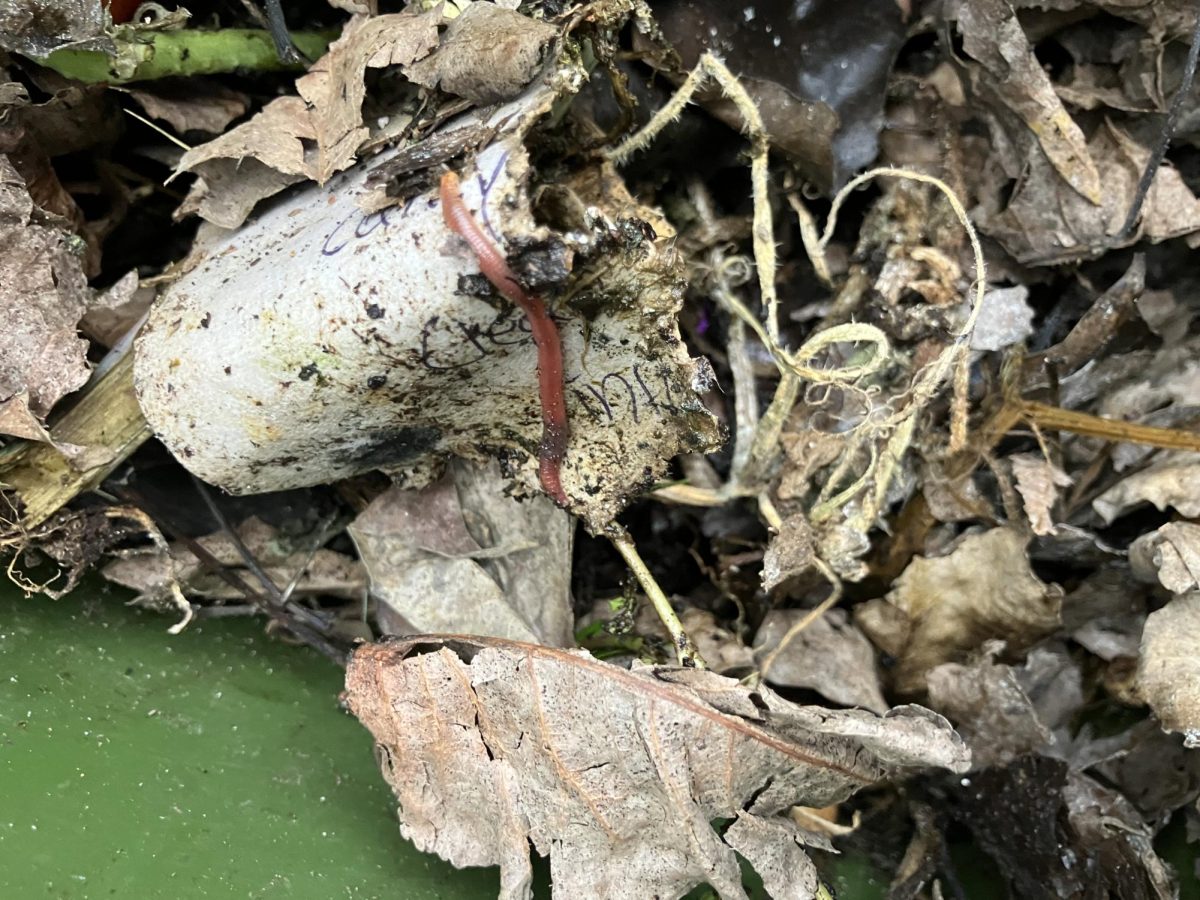As October unfurls, so do our pumpkin seedlings. They’re tiny and fragile right now, but they won’t stay
that way for long. Within several weeks, the seedlings will transform into thick, curling vines. Full grown, pumpkin vines can reach up to about six feet.
Although pumpkin flowers are less popular than the pumpkins themselves, they’re actually also edible. Pumpkin plants produce both male and female flowers, which are especially notable for their large, funnel-shaped blossoms. These undeniably striking flowers often take on vivid orange or yellow hues.
And, like pumpkin fruit and seeds, they’re entirely safe for humans to eat. They actually boost your intake of several important vitamins, including fiber, copper, and Vitamin A. Moreover, pumpkin flowers can be eaten in a myriad of ways.
While you can eat the flowers raw and suffer no ill effects, pumpkin flowers are often added to salads, dipped in batter and fried, or (most commonly) used as a garnish. Despite the fact that humans can safely eat roughly three parts of a pumpkin (the fruit, the seeds & the flowers), I’d definitely advise against attempting to eat the vines.
It might surprise you to learn that pumpkins are fruits, but it’s actually true. Scientifically speaking, anything that emerges from a flower is botanically a fruit; pumpkins emerge from flowers, and therefore are fruits.
The phrase “emerges from a flower” might be a bit confusing, so I’ll clarify: the difference between fruits and vegetables is established in how they grow. All plants start from seedlings, and pumpkins are no different. However, their flowers become the fruit we eat, which might explain why the flowers are just as edible as the fruits.
Because pumpkins are naturally a fairly sweet fruit, they also have natural predators (although most animals and insects won’t turn these delicious hallmarks of fall down). But the most common culprits are often deer, racoons, squirrels, and groundhogs.
As if devouring the winter squash that we’ve lovingly cultivated wasn’t enough, these little pests will often also go after the vines and leaves, too. (Are they onto something after all? Should we start trying to eat alarmingly spiky vines?)
Despite the fact that they have many other wonderful qualities, pumpkins actually aren’t very resilient at all. If an animal comes along and eats your plant down to the roots, it’s fairly unlikely that the plant will ever recover. However, most animals that eat pumpkin plants are often easily frightened by loud noises. And every pumpkin plant could benefit from a rousing rendition of Barbie Girl on loop, right?



















